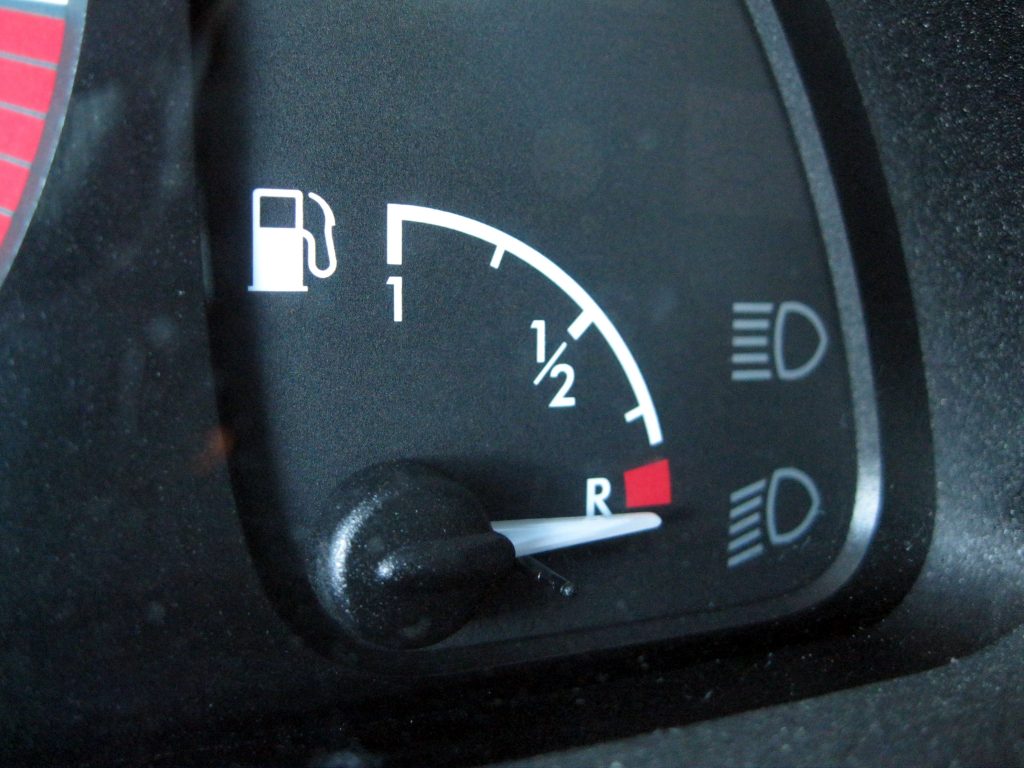If you are reading this post, it is most probably because you are encountering a faulty fuel reading on your dashboard. This can be embarrassing because you cannot monitor your fuel level and may experience a break down at any time. And you absolutely do not want this nightmare!
What is a fuel sensor?
Fuel sensor is used to measure the level of fuel in your tank. It directly sends an indication on your dashboard to tell you how much fuel is there in your tank.
How does it resemble?
The sensor has a floating arm which feels the level of fuel in your tank.
Where is the fuel sensor?
You will not find the fuel sensor under the hood because it is located inside your fuel tank close to the fuel pump.
Common signs of a bad fuel sensor:
Fuеl gauge behaves unpredictably – The indicator goes from Full to Empty, and the second after it goes on Half. There is no consistency in its reading and you never really know when the fuel tank is really going empty. Cause: Here, you may be having a problem with either the fuel gauge and the wirings in between or the fuel level sender.
Fuel gauge stuck on Full/Half/Empty
It is most common that the float gets stuck at the bottom because the float may not rise up after a fuel refill. (You might end up asking yourself if the gas pump attendant has really refilled your tank or he could have only taken your money?!)

The
ECU going nuts
In some cars, the Engine
Control Unit usually sends information on the dashboard to tell
the driver how much miles can be driven with the actual level of
fuel. With a faulty gauge, the computer will be sending the wrong
calculations and you should definitely not trust the computer until
the fuel sensor is properly repaired.
How to test if
the sensor is faulty?
If you are good with car electronics,
you can measure the ohm’s of the fuel gauge sender at any level and
compare with the values mentioned in your repair manual. If the
sensor feels the wrong fuel level, the problem may be coming from the
wires.
Locating the wire connections on the fuel
tank
You can check the wires connected on the fuel
tank from the connection split at the top of the tank. These wires
are often found under the back seat or under the trunk.
Don’t
touch anything if you are unsure!
I would kindly advise you
to stop wasting your time and do not touch anything from these wired
connections if you are not an expert in car electronics. Any wrong
manipulation now could cause a spark later when you would be driving
your car, and this might result in an explosion of your fuel
tank!
CAUTION! DO NOT TRY ANY DIY REPAIR! This is not a
task for amateurs, and could endanger your life!

